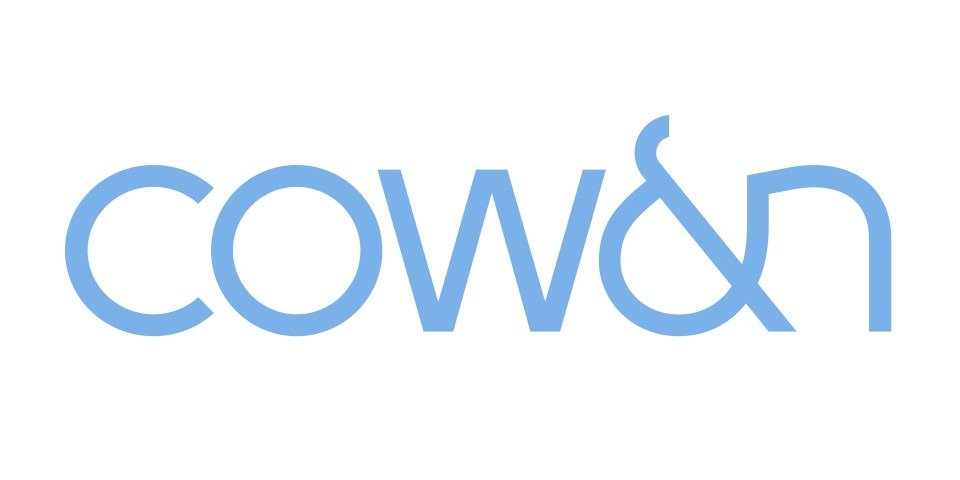Crunch time is fast approaching for brands that have failed to act and those in categories that are in terminal decline.
By Cowan Australia CEO Dominic Walsh and Cowan London Managing Director Elizabeth Finn.
It’s not a good time to be an FMCG giant. The old certainties of rising incomes, abundant retail space and established marketing techniques are vanishing and the pressure is on.
According to the ‘FMCG Global 50 2017’ from OC&C Strategy Consultants, “revenue growth for the Global 50 turned negative for the first time in 13 years (-0.7 per cent). Underlying organic volume growth also remained at near-record lows, at just 0.7 per cent”.
It’s a trend that keeps brand marketers awake at night. And for some, the time is fast approaching to confront the issue.
Taking on the challengers
To find a solution, you must first understand the problem. One of the most significant causes is the loss of market share to start-up brands, which are taking significant market share from established players. Thankyou, Karma Cola, A2 Milk, Emma + Tom and Carman’s are already in major retailers. Fevertree’s market value in April 2017 was $1.8 billion, higher than Britvic’s $1.7 billion.
Established FMCG players have not sat still while these upstarts steal market share. Some have addressed the issue by buying the challengers, just as Cadbury snapped up Green & Black’s and SAB bought craft beer Matilda Bay.
Yet these acquisitions don’t always work. Within the corporate stable, it can be hard for start-ups to retain what made them successful; Green & Black’s started using non-organic chocolate in 2017. And even where they do succeed, start-up revenues are relatively minimal. You need to sell a lot of Matilda Bay to put a dent in the major decline in mainstream beer sales.
Invest in relevance
One strategy to consider is investing in brand relevance to reconnect with consumers. Hellmann’s recent redesign is a bold move in this direction. It sees the brand shifting from a bright, synthetic look to a more natural aesthetic, drawing on its 1913 origins in a New York deli.
It’s notable that this happened as Hellman’s Mayonnaise overtook Heinz Tomato Ketchup as the UK’s favourite sauce. The best time for a brand to invest in relevance is when it’s riding high.
That’s a lesson many other leading brands should learn: look to smaller players for possible strategies to build brand relevance.
Creating a better product: the skill and craft required to create a superior product is rewarded at the cash register. Carman’s muesli is a good example of a smaller player using high-quality ingredients to take on the multinationals. In the snack-bar market, it now has a 17.5 per cent share, second behind Nestlé.
Unique selling proposition (USP): using a USP to differentiate a product is a conventional strategy but few major brands make the effort to build one. A2 Milk is a good example of a brand that has: as the only milk claimed to be A1 protein free, it promotes digestive benefits. A2 now has 9.3 per cent value share of the Australian market, with a 70 per cent increase in sales in the last year.
Purpose based: building relevance can be as much about the purpose of a brand as its physical product. Australian social-enterprise brand Thankyou donates 100 per cent of its profits towards ending global poverty. It has given more than $5.8 million so far.
Last man standing
For many, the plan should be to become the last man standing on the supermarket shelves, maximising sales for as long as the category survives. Look at the detergents market, where consumers are increasingly moving away from washing powders to capsules, liquids and other convenient formats.
Eventually, only one brand will be needed in the segment. But which one? In the UK, Unilever leads the market with Persil; it also has Surf. But P&G has the stronger portfolio: Ariel, Bold, Fairy and Daz. But which company is talking to retailers about a deal to profitably manage the decline? Brand relevance is important, but so are commercial negotiations to ensure that yours is the brand that stays on the shelf when others are delisted.
Act now
Whichever approach you adopt, you will need a brand strategy partner with a clear understanding of shifting consumer demand in FMCG, that’s prepared to propose bold solutions to difficult problems, and has the brand skills to reposition your brand and keep it relevant.
With a clear-eyed view of the situation, a bold, brave plan, and the right partner at your side, there is opportunity for every FMCG brand. Yet, as all these trends accelerate, there is no time to waste.
 About Dominic Walsh
About Dominic Walsh
Dominic has joined design agency Cowan Australia from Landor Associates, where he was managing director for seven years, during which the business doubled in size, with major client wins including Coca-Cola. Before that he was managing partner at Interbrand in Australia, where he worked with George Weston Foods, McDonald’s, and Telstra.
 About Elizabeth Finn
About Elizabeth Finn
Elizabeth has a unique blend of agency and client-side marketing experience, having previously worked at FutureBrand, Cadbury Schweppes, Unilever and most recently at Diageo, where she was responsible for marketing and innovation for a whisky portfolio of more than 30 brands.





